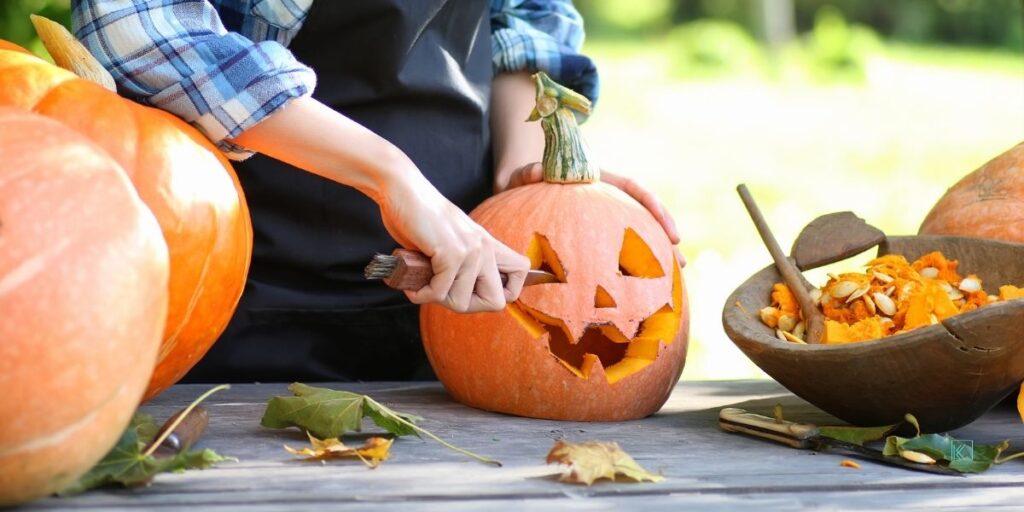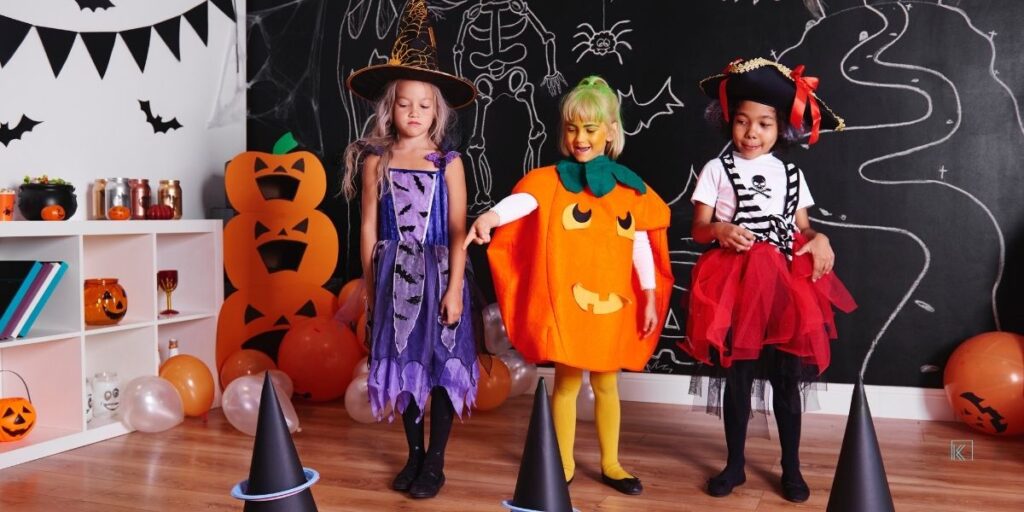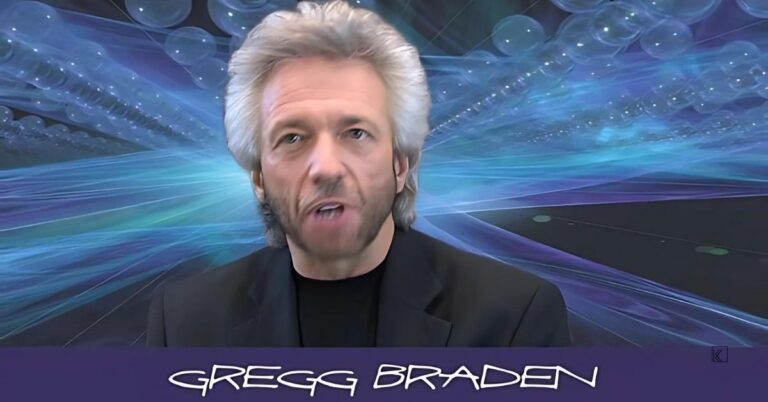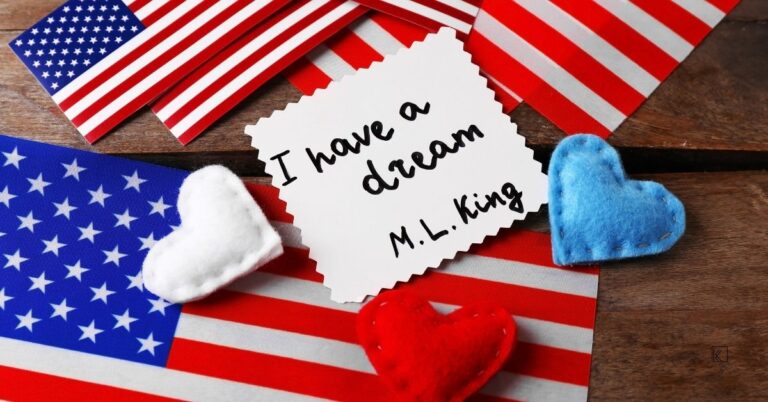Halloween also known as All Hallows’ Eve, is a yearly celebration observed in a number of countries on October 31, the eve of the feast of All Hallows’ Day. It initiates the triduum of Hallowmas, the time in the liturgical year dedicated to remembering the dead, including saints, martyrs, and all the faithful departed believers. According to many scholars, All Hallows’ Eve is a Christianized feast initially influenced by Celtic harvest festivals, and festivals of the dead with possible pagan roots.
Yet there are many scholars that maintain that Halloween has solely Christian roots.
Typical festive Halloween activities include trick or treating (“trunk or treating”), attending costume parties, decorating, carving pumpkins into jack-o-lanterns, lighting bonfires, apple bobbing visiting haunted attractions, telling scary stories, and watching horror films.
What is Halloween in meaning?
The word Halloween or Hallowe’en dates to about 1745 and is of Christian origin. The word “Halloween” means “hallowed evening” or “holy evening”. It comes from a Scottish term for All Hallows’ Eve.
Today’s Halloween customs are thought to have been influenced by folk customs and beliefs from the Celtic-speaking countries, some of which have pagan roots, and others which may be rooted in Celtic Christianity.
Halloween is typically linked to the Celtic festival of Samhain which is derived from the “Old Irish” for “summer’s end” and was held on or about October 31 – November 1. Samhain and Calan Gaeaf are mentioned in some of the earliest Irish and Welsh literature. The names have been used by historians to refer to Celtic Halloween customs and are still the Gaelic and Welsh names for Halloween. Samhain/Calan Gaeaf marked the end of the harvest season and beginning of the winter season.
Today’s Halloween customs are also thought to have been influenced by Christian dogma and practices derived from it. Halloween falls on the evening before the Christian holy days of All Saints’ Day on November 1 and All Souls’ Day on November 2, thus giving the holiday on October 31 the full name of All Hallows’ Eve.
These three days are collectively referred to as Hallowmas and are a time for honoring the saints and praying for the recently departed souls who have yet to reach Heaven.
On Halloween, in Italy, families left a large meal out for ghosts of their passed relatives, before they departed for church services. In Spain, women, on this night, made special pastries known as “bones of the holy” and put them on the graves of the churchyard, a practice that continues to this day.
North American almanacs of the late 18th and early 19th century give no indication that Halloween was celebrated there. The Puritans maintained strong opposition to Halloween, and it was not until the mass Irish and Scottish immigration during the 19th century that it was brought to North America in earnest. Confined to the immigrant communities during the mid-19th century, it was gradually assimilated into mainstream society and by the first decade of the 20th century it was being celebrated coast to coast by people of all social, racial and religious backgrounds.
Halloween’s Most Iconic Symbols
Development of artifacts and symbols associated with Halloween formed over time. Jack-o-lanterns are traditionally carried by those in disguise on All Hallows’ Eve in order to frighten evil spirits. A popular folktale associated with the jack-o’-lantern, is said to represent a “soul who has been denied entry into both heaven and hell.”
In Ireland and Scotland, the turnip has traditionally been carved during Halloween; immigrants to North America used the native pumpkin, which is both much softer and much larger – making it easier to carve than a turnip. Subsequently, mass marketing of various size pumpkins in autumn, in both the corporate and local markets, has made pumpkins universally available for this purpose.
The American tradition of carving pumpkins is recorded in 1837 and was originally associated with harvest time in general, not becoming specifically associated with Halloween until the mid-to-late 19th century.

The modern imagery of Halloween comes from many sources, including Christian eschatology, national customs, works of Gothic and horror literature and classic horror films. Imagery of the skull in the Christian tradition serves as “a reminder of death and the transitory quality of human life” and is consequently found in momento mori and vanitas compositions; skulls have therefore been commonplace in Halloween, which touches on this theme.
Elements of the autumn season, such as pumpkins, corn husks and scarecrows, are also prevalent. Homes are often decorated with these types of symbols around Halloween. Halloween imagery includes themes of death, evil, and mythical monsters. Black, orange, and sometimes purple are Halloween’s traditional colors.
Trick-or-treating is a customary celebration for children on Halloween. Children go in costume from house to house, asking for treats such as candy or sometimes money, with the question, “Trick or treat?” The word “trick” refers to “threat” to perform mischief on the homeowners or their property if no treat is given (such as toilet papering or egging the home).
In Scotland and Ireland, children disguised in costume going from door to door for food or coins – is a traditional Halloween custom, and is recorded in Scotland at Halloween in 1895 where masqueraders in disguise carrying lanterns made out of scooped out turnips, visit homes to be rewarded with cakes, fruit and money.
The practice of Guising at Halloween in North America is first recorded in 1911, where a newspaper in Ontario, Canada reported children going “guising” around the neighborhood.
An American historian and author wrote the first book length history of Halloween in the US; “The Book of Halloween (1919), and references souling in the chapter “Hallowe’en in America”. In this book, the author touches on customs that arrived from across the Atlantic; “Americans have fostered them, and are making this an occasion something like what it must have been in its best days overseas.
All Halloween customs in the United States are borrowed directly or adapted from those of other countries”. While the first reference to “guising” in North America occurs in 1911, another reference to ritual begging on Halloween appears, place unknown, in 1915, with a third reference in Chicago in 1920.
Halloween provided an opportunity for real strenuous fun. No real damage was done except to the temper of some who had to hunt for wagon wheels, gates, wagons, barrels, etc., much of which decorated the front street. The youthful tormentors were at back door and front demanding edible plunder by the word “trick or treat” to which the inmates gladly responded and sent the robbers away rejoicing.
A popular variant of trick-or-treating, known as trunk-or-treating (or Halloween tail gaiting), occurs when “children are offered treats from the trunks of cars parked in a church parking lot,” or sometimes, a school parking lot. In a trunk-or-treat event, the trunk of each automobile is decorated with a theme (an example would be children’s literature, movies and others). Because the traditional style of trick-or-treating was made impossible after Hurricane Katrina, trunk-or-treating provided comfort to those whose homes were devastated.
Trunk-or-treating has grown in popularity due to its perception as being more safe than going door to door, a point that resonates well with parents, as well as the fact that it “solves the rural conundrum in which homes [are] built a half-mile apart”.
“Trick-or-Treat for UNICEF” is a fundraising program to support UNICEF, a United Nations Program that provides humanitarian aid to children in developing countries. The program involves the distribution of small boxes by schools to trick-or-treaters, in which they can solicit small-change donations from the houses they visit. It is estimated that children have collected more than $118 million for UNICEF since its inception.
In Canada, in 2006, UNICEF decided to discontinue their Halloween collection boxes, citing safety and administrative concerns; after consultation with schools, they instead redesigned the program. I remember going trick or treating with an orange box to collect money for UNICEF when I was younger.
There are several games traditionally associated with Halloween. One common game is dunking or apple bobbing in which apples float in a tub or a large basin of water and the participants must use their teeth to remove an apple from the basin. A common custom includes picking and purchasing pumpkins from patches.
At one time, candy apples were commonly given to children, but the practice rapidly waned in the wake of widespread rumors that some individuals were embedding items like pins and razor blades in apples in the United States. While there is evidence of such incidents, relative to the degree of reporting of such cases, actual cases involving malicious acts are extremely rare and have never resulted in serious injury. Nonetheless, many parents assumed that such heinous practices were rampant because of the mass media.
At the peak of the hysteria, some hospitals offered free X-rays of children’s Halloween hauls in order to find evidence of tampering. Even in some areas today, there are places that will still x-ray the treats.
The telling of ghost stories and viewing of horror films are common fixtures of Halloween parties. Haunted attractions are entertainment venues designed to thrill and scare patrons. Most attractions are seasonal Halloween businesses.
Origins of these paid scare venues are difficult to pinpoint, but it is generally accepted that they were first commonly used for fundraising. They include haunted houses, corn mazes and hayrides, and the level of sophistication of the effects has risen as the industry has grown. Haunted attractions in the United States bring in an estimate $300–500 million each year, and draw some 400,000 customers, although press sources writing in 2005 speculated that the industry had reached its peak at that time. This maturing and growth within the industry has led to technically more advanced special effects and costuming, comparable with that of Hollywood films.
During Hallowmas, many Christian believers visit graveyards in order to place flowers and candles on the graves of their loved ones. The traditions and importance of Halloween vary greatly among countries that observe it.
Most Popular Halloween Customs and Their Origins
In Scotland and Ireland, traditional Halloween customs include children dressing up in costume going “guising”, holding parties, while other practices in Ireland include lighting bonfires, and having firework displays. In Brittany children would set candles in skulls in graveyards. Mass transatlantic immigration in the 19th century popularized Halloween in North America, and celebration in the United States and Canada has had a significant impact on how the event is observed in other nations.
This larger North American influence, particularly in iconic and commercial elements, has extended to places such as South America, Australia, New Zealand as well as most of continental Europe, Japan, and other parts of East Asia.

Halloween costumes are traditionally modeled after supernatural figures such as monsters, ghosts, skeletons, witches, and devils. Over time, in the United States the costume selection extended to include popular characters from fiction, celebrities, and generic archetypes such as ninjas and princesses. Dressing up in costumes and going “guising” was prevalent in Ireland and Scotland at Halloween by the late 19th century. Costuming became popular for Halloween parties in the US in the early 20th century, as often for adults as for children.
The first mass-produced Halloween costumes appeared in stores in the 1930s when trick or treating was becoming popular in the United States. Many times when my brother and I were younger, our mother loved to sew made our costumes, sometimes we were matching scarecrows, ghosts, clowns, etc. but we also had a say in costumes. I remember going as Mary Poppins, Charlie Brown, a ballet dancer, even Casper the Friendly Ghost.





